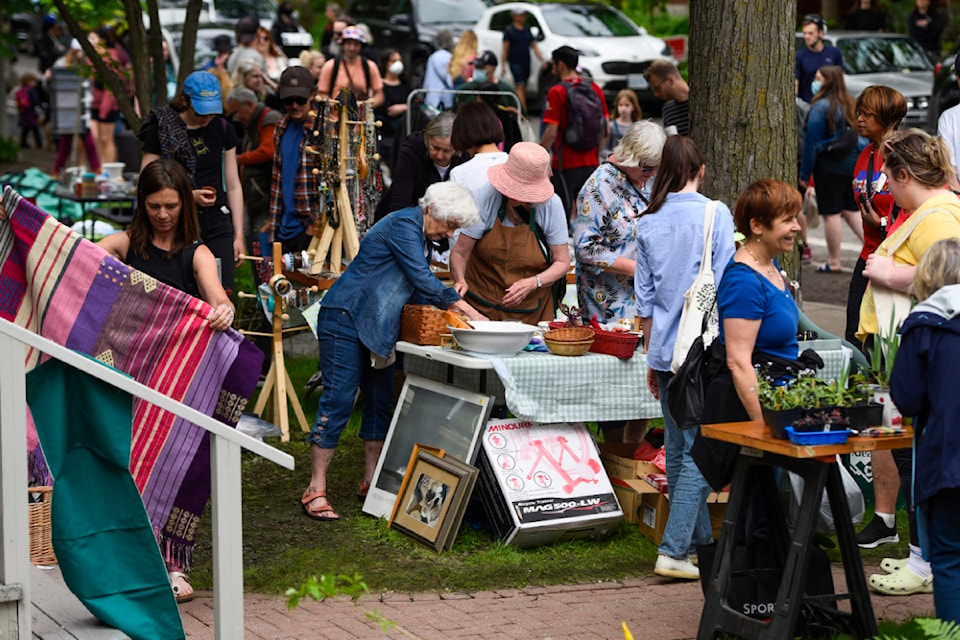With garage sale season in full swing and online marketplaces more popular than ever, Health Canada is telling buyers to do some research before purchasing certain items secondhand.
"It can be a great way of saving money and reducing waste, but consumers needs to keep safety in their mind as well," said Andress Lee, a B.C.-based product safety officer with Health Canada.
She spent the week touring second-hand stores in the Kamloops area to check for any questionable goods. Lee said most things she saw were compliant, but that it doesn't mean the odd risky item isn't being resold.
The three things Lee said buyers need to check for are an item's condition, whether it has any recalls and if it is banned in Canada.
“Some of the second-hand items may have wear and tear, damage, hidden issues, or missing labels or instructions," Lee said. Each of these are things a person should look for when assessing an item's condition.
For instance, Lee said, a used helmet could have hidden internal damage from a previous accident without showing any cracks on the outside. In that case, Lee said buyers' best bet is to ask the item's seller about its history and hope they are honest.
Other items like car seats are usually required to display an expiry date, which can be easily checked for.
When it comes to recalls and bans, buyers should search Health Canada online listings to see if their potential purchase is safe.
Some recent recalls include a brand of blending containers that pose a laceration risk, a cordless hair trimmer that has a burn hazard and a brand of crampons that may cause users to fall.
Some banned items include any baby walker that allows a child to reach the ground with their feet, lawn darts with elongated metal tips, kite strings made of a material that conducts electricity and a substance marketed as "sneezing powder." Lee added that a banned item she sees more commonly is young children's jackets and sweaters with non-retractable drawstrings, which aren't allowed because of the choking hazard they can pose.
In general, Lee said buyers should simply do their research before making a second-hand purchase. She suggested people search Health Canada listings, ask to test out the product themselves, check the product manufacturer's website, read through consumer forums and check out product reviews.
“It's still worth buying second-hand products, but ask questions.”
For the most part, Lee said they aren't worried about used items being unhygienic. Second-hand cosmetics could contain harmful bacteria, but otherwise Lee suggested people simply give used items a good wash before wearing or using them.
She urged anyone who purchases a second-hand good and later finds it has a defect or danger to report it to Health Canada.
